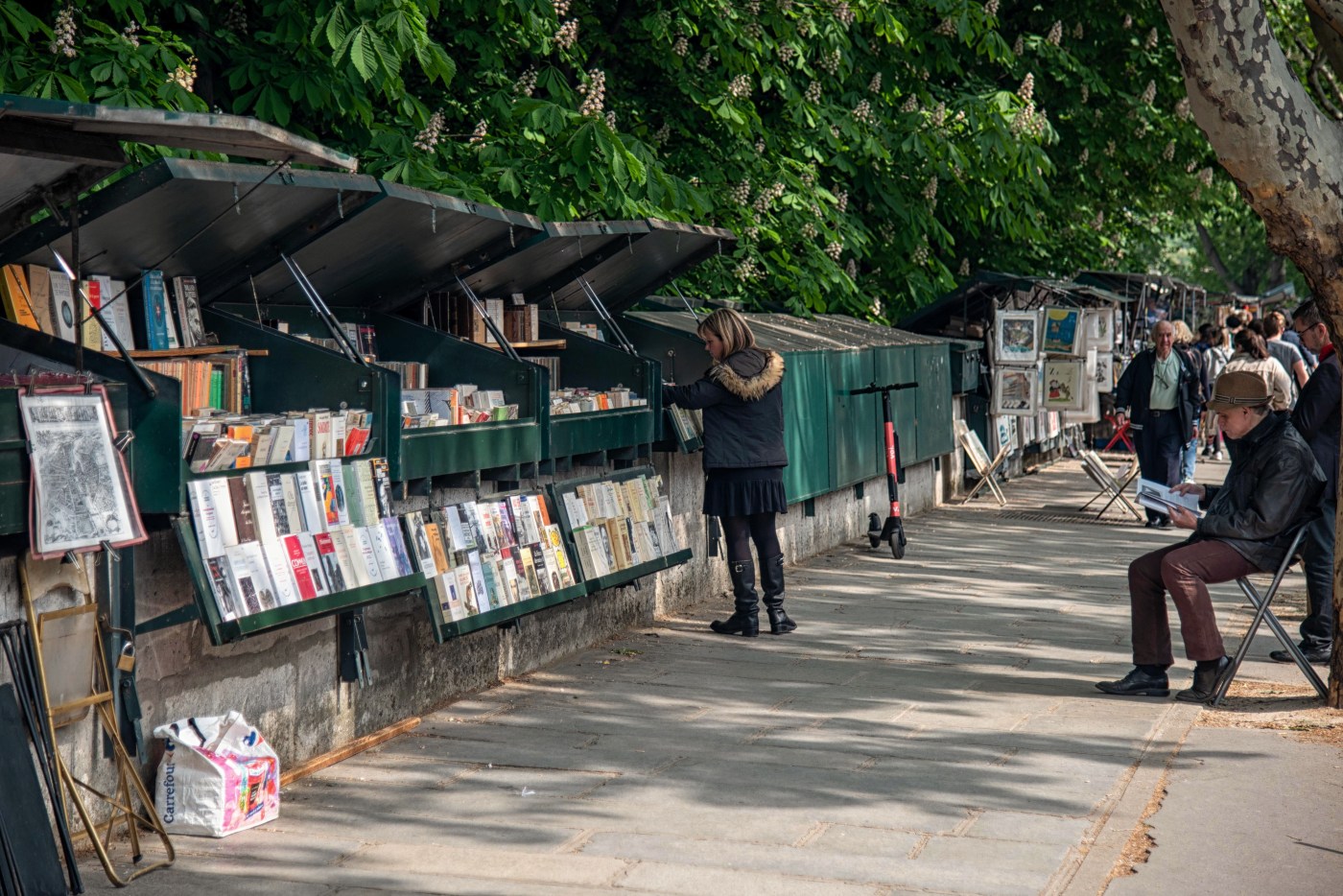Getting close to some of the big icons of Western civilization—the Acropolis, the Palace of Versailles, the Colosseum—can be the spine-tingling high points of a European trip. But don’t overlook Europe’s “smaller” achievements. Many of Europe’s lasting cultural contributions are captured on dusty sheets of vellum or parchment, and paging through the Continent’s literary treasures can raise a few goosebumps of their own.
Here are some of Europe’s best cities and sights for bookworm travelers.
**London, England**
The vast British Library has managed to cram everything that really matters into a two-room exhibition called “The Treasures.” Early Bibles, a First Folio of Shakespeare’s works, Lewis Carroll’s *Alice’s Adventures in Wonderland*, the Magna Carta, and multiple early Jane Austen manuscripts vie for your attention. Surrounded by this bounty, it’s clear that the British Empire built some of its greatest monuments out of paper.
Fans can also pay their respects to Britain’s literary masters in the Poets’ Corner at Westminster Abbey. Geoffrey Chaucer was the first literary great to be buried here (in 1400), and those interred nearby include Charles Dickens, Robert Browning, Thomas Hardy, Alfred Tennyson, and Edmund Spenser.
**Prague, Czech Republic**
Given their imaginative, sometimes fanciful culture, it’s no surprise that the Czechs have produced some famously clever writers. Prague native Franz Kafka wrote his renowned *Metamorphosis* (elevator pitch: man wakes up as cockroach) in an Old Town apartment overlooking the Vltava River. That building was destroyed in 1945, but fans today can visit the Franz Kafka Museum and the Franz Kafka Society Center.
Ironically, until recently, many Czechs weren’t too familiar with Kafka, a Jew who wrote in German. During World War II, his writings were banned when Germans occupied the city and, after the war, his work was caught up in a wave of anti-German feeling. The ensuing Communist regime had little use for him either. Locals began to take him more seriously after the Velvet Revolution of 1989, when tourists from around the world started showing up wearing Kafka T-shirts.
**Edinburgh, Scotland**
The lives and literature of Scotland’s holy trinity—Robert Burns, Sir Walter Scott, and Robert Louis Stevenson—are the focus of Edinburgh’s inviting Writers Museum. Burns was Scotland’s bard, extolling his native land in poetry. Stevenson stirred the Scottish soul with evocative classics like *Kidnapped* and *Treasure Island*. Scott wrote the historical novels *Ivanhoe* and *Rob Roy*, reviving his countrymen’s pride in Highland culture and the Gaelic language.
With exhibits mingling first editions with personal artifacts like Scott’s pipe and Burns’ writing desk, the museum gives an intimate view of these masters. To enliven all the history, follow up a museum visit with Edinburgh’s popular literary pub tour, where actors wittily debate whether Scotland’s great literature was high art or creative recreation fueled by a love of whisky.
**Paris, France**
The European love affair with books is charmingly demonstrated in the green metal bookstalls that line the Left Bank of the Seine River. Second-hand booksellers, called “bouquinistes,” have been a Parisian fixture since the mid-1500s, when such shops and stalls lined most of the bridges in Paris. Business boomed after the Revolution when entire libraries were “liberated” from rich nobles.
Another literary landmark is the Shakespeare and Company bookstore. Ernest Hemingway regularly borrowed books from the store. When James Joyce struggled to find a publisher for his now-classic *Ulysses*, the book was published here. Although the Nazis shut the shop down in 1941, its post-war incarnation near the banks of the Seine carries on the tradition by supporting struggling writers.
**Dublin, Ireland**
Of all the places I’ve traveled in Europe, Ireland excels in literary passion. Around the turn of the 20th century, Dublin produced some of the world’s great writers. Oscar Wilde wowed Britain with his quick wit and clever satires of upper-class Victorian society. William Butler Yeats won a Nobel Prize for his Irish-themed poems and plays. Most inventive of all was James Joyce, who captured literary lightning in a bottle with his stream-of-consciousness *Ulysses*, profiling Dublin’s seedier side.
The Museum of Literature Ireland is the place to view authorial bric-a-brac. But to experience the Irish gift of gab in its highest form, treat yourself to a night out at the Abbey Theatre. Founded by Yeats to bring to the stage the “deeper emotions of Ireland,” the theater has been promoting Irish writers and artists for more than a hundred years.
It’s no exaggeration to say that Europe’s literary documents changed the course of history. From pubs to museums to libraries, if you decide to explore the literary culture of Europe, the entire continent can be one very good read.
https://www.chicagotribune.com/2025/10/21/rick-steves-europe-europe-by-the-book/
